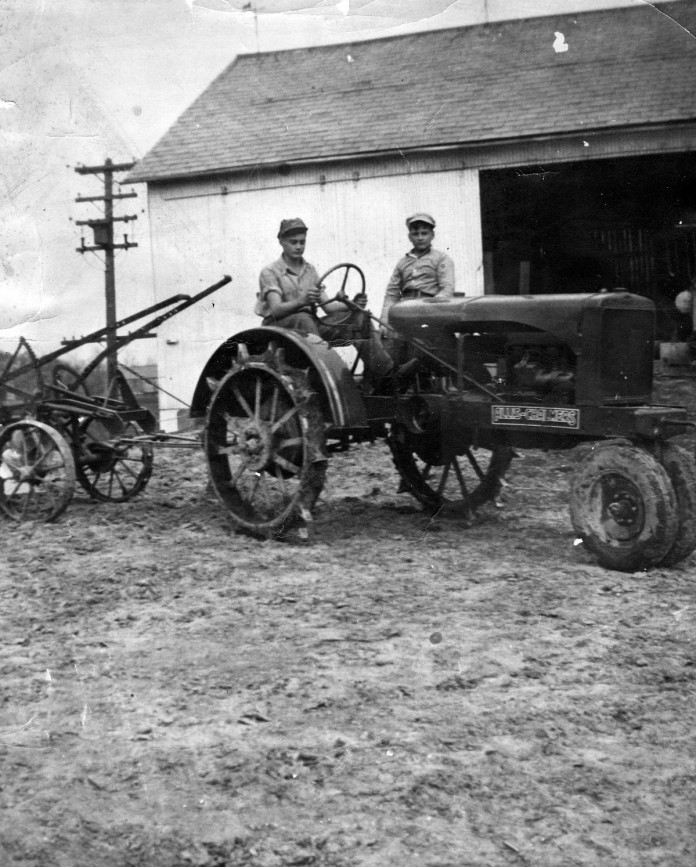COLUMBUS — U.S. farmers are aging and the agricultural community often expresses concern about who will replace them. But that apprehension may be overblown, an economist with Ohio State’s College of Food, Agricultural, and Environmental Sciences says.
Although some farm communities worry over a lack of new, younger farmers to replace the current population, these concerns are unwarranted, according to a recently conducted analysis by Carl Zulauf, an economist in the Department of Agricultural, Environmental, and Development Economics, which is a part of CFAES.
Using USDA census data from 1945 to 2007, as well as data from the U.S. Department of Labor from 1980 to 2010, Zulauf compared the average age of U.S. farmers with the average age of the U.S. labor force.
Results
His research shows that, while on average U.S. farmers are older than the U.S. labor force, the farmers and the labor force are actually aging at a similar pace and in fact, U.S. farmers are aging somewhat more slowly.
“U.S. farmers are aging, but their aging mirrors the U.S. labor force,” Zulauf said in a recent policy brief on the topic.
“The U.S. farmer population is older than the U.S. labor force, but this has been true since 1980 and likely much earlier.”
His research shows that as of 2007, the average age of U.S. farmers was 57.1 years, while in 1945 the average age was 48.7 years. Over this 62-year time frame, the average age of U.S. farmers increased by 17 percent, or 8.4 years.
However, since 1980, when data on the age of the labor force became available, the average age of the U.S. labor force has increased by 7.1 years, from 34.6 to 41.7. During the same time period, the average age of U.S. farmers has increased by 7.1 years (from 50.5 to 57.1). Thus, each population has aged in concert with one another, Zulauf said.
Reason
Zulauf attributes the older age of U.S. farmers to the capital-intensive nature of the industry.
“It takes time for someone to accumulate the capital necessary to compete in U.S.-style farming, either through inheritance or savings or both,” he said
Additionally, Zulauf notes that during the period evaluated there was a short time frame when the average age of U.S. farmers actually declined. This was during the 1970 period of booming farm prosperity.
He said during the current wave of farm prosperity, it is possible the nation may see a similar trend occur.
Trend
“While much is written about the need to replace the aging U.S. farmer population, the 1970 period of farm prosperity suggests the current period of prosperity will lead to an influx of younger farmers — sons and daughters of existing farmers and those from nonfarm backgrounds,” Zulauf said.
“This influx will likely occur over a number of years and its magnitude will depend on the staying power of the current farm prosperity.”
To read Zulauf’s full analysis, Putting the Age of U.S. Farmers in Perspective, visit http://go.osu.edu/Xnu.











I’m concerned ! This nation’s independent farmers are the TRUE backbone of us, U.S !
The absence of good, WHOLE foods, fruits, vegetable, grains, nuts….
means: there is NO ‘us’, no you and no me.
THIS aging flower-child NEEDS YOU aging farmers !!! Ok, and you youngsters too!